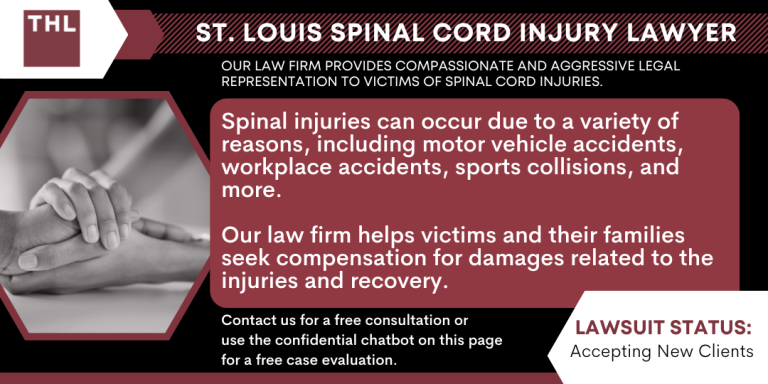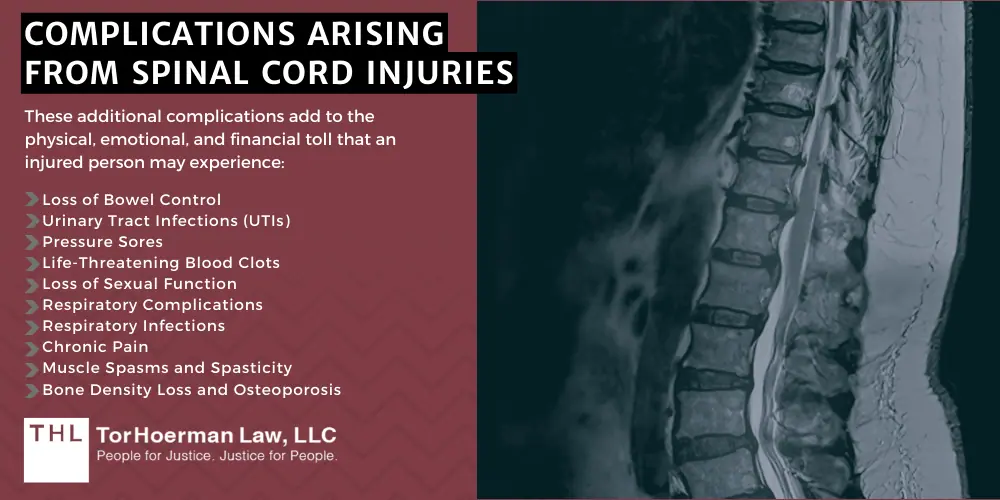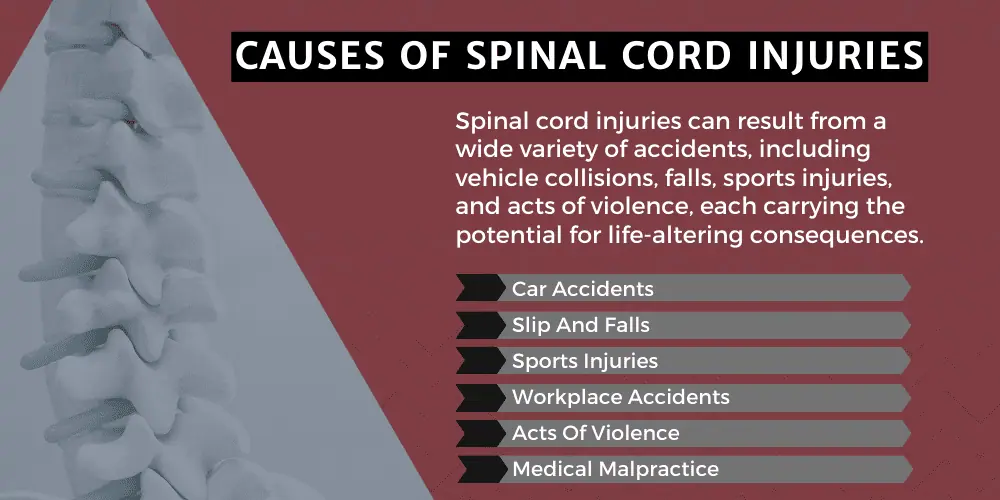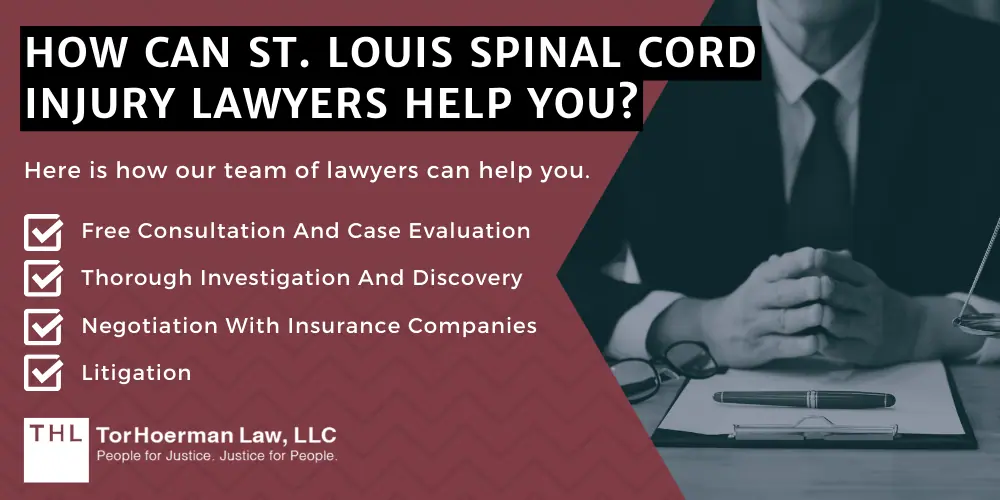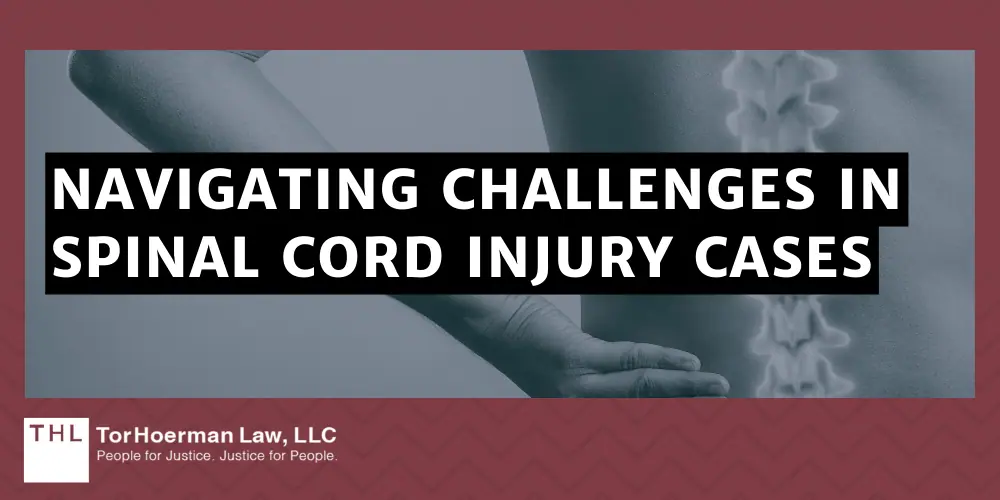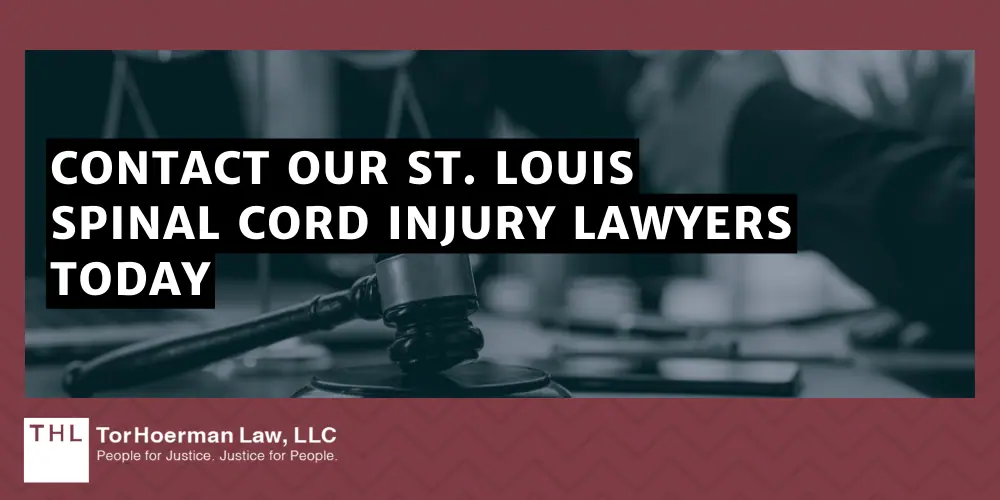Spinal cord injuries encompass a wide range of conditions that vary significantly in severity, from partial loss of muscle control to complete paralysis and permanent disability.
Spinal injuries exist on a broad spectrum, with outcomes and recovery possibilities differing greatly from one individual to another.
The effects of these injuries on body functions can be profound, potentially affecting not only mobility and the nervous system but also other vital functions such as breathing, heart rate, sexual functioning, and temperature regulation.
Spinal cord injuries have several classifications and subgroups, which we examine below.
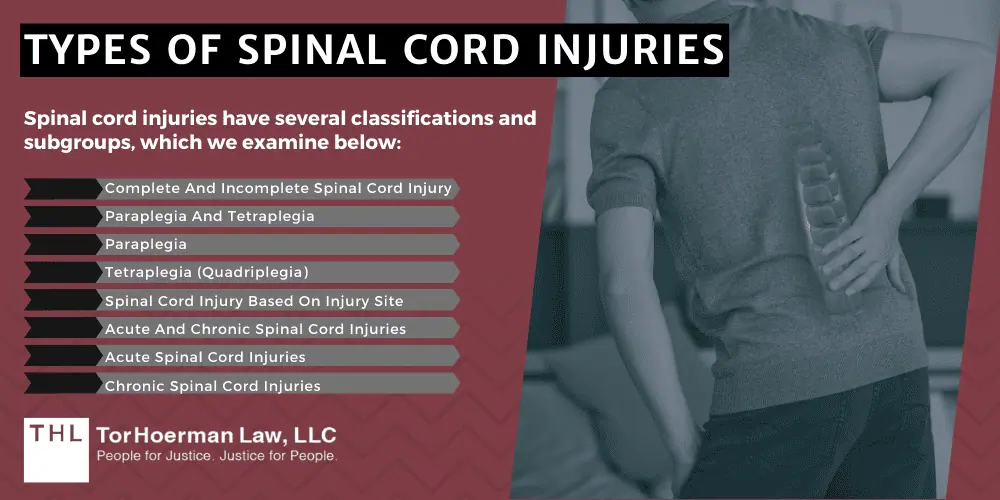
Complete and Incomplete Spinal Cord Injury
The main difference between an incomplete injury and a complete spinal cord injury is the severity of nerve damage.
With ‘incomplete injuries’, the injured person still has some sense of feeling, sensation, and function below the site of initial injury.
Complete spinal cord injuries, on the other hand, mean total loss of nerve connections.
Suffering a complete injury means that the person has lost control, feeling, or movement in the body parts below the damaged nerve fibers.
Paraplegia and Tetraplegia
These classifications categorize spinal cord injuries into the types of paralysis they cause.
In either case, the spinal cord injury can be incomplete or complete.
Paraplegia typically refers to the loss of movement and sensation in the lower half of the body, including the legs, potentially affecting an individual’s mobility and independence.
Tetraplegia, also known as quadriplegia, involves paralysis of all four limbs and, in more severe cases, can impact the torso and even respiratory function.
Both conditions not only alter the course of a person’s life drastically but also necessitate a multidisciplinary approach to treatment and rehabilitation.
Paraplegia
Paraplegia is characterized by the loss of function and sensation in the lower limbs.
Paraplegia stems from injury or trauma that disrupts the nerve signals along the spinal canal, specifically affecting the thoracic, lumbar, or sacral regions where the spinal nerves control movement and sensation in the legs.
This disruption can be due to severed or compressed nerve roots within the spinal canal, which impairs the body’s ability to transmit messages between the brain and the lower limbs.
Consequently, individuals with paraplegia experience varying degrees of mobility loss and sensation below the point of injury.
Individuals with paraplegia face substantial challenges in mobility, requiring assistive devices such as wheelchairs.
Tetraplegia (Quadriplegia)
Tetraplegia, commonly known as quadriplegia, is the paralysis of all four limbs, impacting a person’s ability to perform even the most basic tasks independently.
Tetraplegia results when damage to the cervical region of the spinal cord disrupts the nerve signals crucial for controlling arm, hand, leg, and, in some cases, also those regulating blood flow and even breathing, involving the chest muscles.
This type of spinal cord damage can result in secondary injury for people, such as respiratory issues and pressure sores.
The rehabilitation process for individuals with tetraplegia requires a dedicated rehabilitation team, focused on maximizing remaining functions and adapting to new ways of managing daily activities.
Spinal Cord Injury Based on Injury Site
Another classification for spinal cord injuries is based on where the injury occurs along the spinal column, typically detected by procedures like X-ray and magnetic resonance imaging.
Classifications based on the site of injury on the spinal column include:
- Cervical Spinal Cord Injuries: Injuries to the cervical spine, located in the neck region, can have profound consequences, potentially leading to paralysis or impaired motor function in the upper body.
- Lumbar Spinal Cord Injuries: Lumbar spinal cord injuries impact the lower back and may result in issues with lower limb function.
- Thoracic Spinal Cord Injuries: Thoracic spinal cord injuries occur when the middle portion of the spinal cord, known as the thoracic region, sustains damage. This region corresponds to the upper and mid-back areas.
- Sacral Spinal Cord Injuries: Injuries to the sacral region, situated at the base of the spine, can affect the lower back and legs.
Acute and Chronic Spinal Cord Injuries
Beyond the classification based on anatomical locations, spinal cord injuries are further categorized as acute or chronic, each presenting its own set of challenges.
Regardless of the categorization, both acute and chronic spinal cord injuries demand a comprehensive and multidisciplinary approach to treatment, emphasizing the importance of tailored rehabilitation strategies and continuous support to optimize recovery and improve quality of life.
Acute Spinal Cord Injuries
An acute spinal cord injury results from sudden trauma to the brain and spinal cord, such as motor vehicle accidents, falls, or sports injuries.
Sudden, traumatic impacts can fracture or dislocate bones called vertebrae, causing damage to the spinal cord itself.
The immediate consequences can be severe, often leading to paralysis, loss of sensation, or impaired motor function.
The aftermath of an acute spinal cord injury requires immediate medical attention and medical evaluation.
Motor vehicle crashes are among the top causes for acute spinal cord injury.
Chronic Spinal Cord Injuries
Chronic spinal cord injuries, on the other hand, develop gradually over time and may result from conditions like degenerative disc disease or spinal stenosis.
Chronic injuries pose unique challenges, often involving ongoing pain, mobility issues, and a gradual decline in functionality.
In addition, from a legal perspective, it may be harder to pinpoint the exact cause of these types of injuries.
However, our experienced spinal cord injury lawyers can still help you determine if filing a case is possible.


